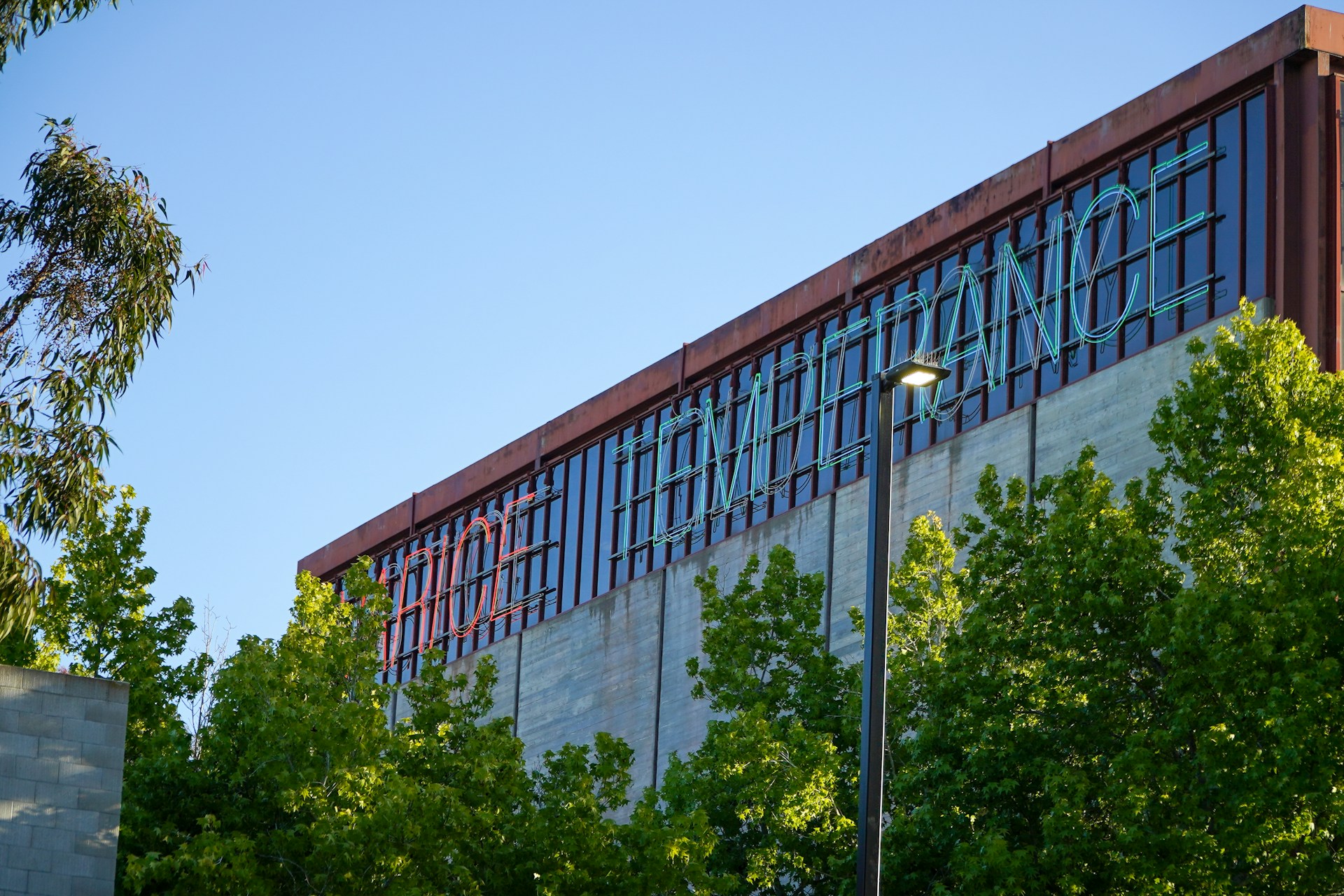Qualcomm Institute, University of California San Diego

Complex systems. Limited coordination.
Atkinson Hall at the Qualcomm Institute is a 200,000 square foot research facility that houses laboratories, classrooms, studios, and offices. Each area has its own lighting, climate, and usage patterns, often managed through separate control systems. The building produces an enormous amount of environmental and operational data, but it has never been unified or analyzed in real time. The institute wanted to understand how its spaces were being used and how small changes in occupancy, weather, and behavior could influence comfort and energy performance. The goal was to use that data to create a living model of the building that could learn and adapt as research activity evolved.


Connected in less than an hour. Learning every day.
Fibric was introduced as a pilot to connect existing systems and begin collecting live building data. Within hours, it was integrated into multiple zones using the infrastructure already in place. The first agents were trained to observe occupancy, temperature, humidity, and airflow patterns across select labs and shared spaces. This data is now being used to identify patterns in usage, map energy intensity by zone, and test early predictive models for comfort and ventilation control. As the pilot expands, new agents will coordinate between lighting, HVAC, and access to form a unified intelligence layer across the entire building. The project is already giving the Qualcomm Institute new insight into how its spaces behave and what they need to operate more efficiently. Over time, Fibric will move from observation to action, turning the building into a self-learning environment for both research and real-world sustainability.
